South America Ferry and Travel Guide
Travel Guides
Travel Guides

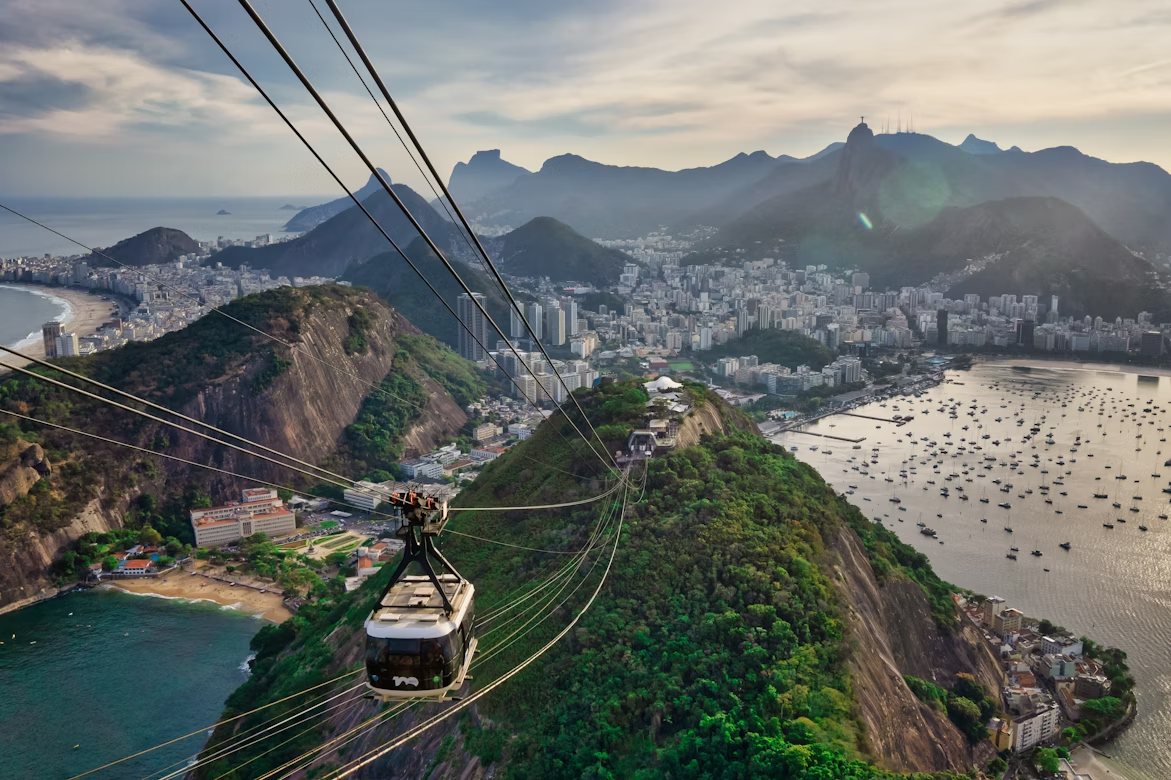
When most travellers think of South America, images of Andean peaks, dense Amazonian rainforests, or vibrant colonial cities usually spring to mind. Yet beyond the traditional overland routes, ferries provide an unsung but equally captivating mode of transport. Connecting islands and crossing mighty rivers, ferries offer passengers a distinctive and scenic perspective of the most extraordinary continent in the world.
From the windswept fjords of southern Chile to the island-studded coasts of Argentina and Uruguay, sailing by ferry reveals a world of adventure that is often missed by plane or bus. Whether you're a backpacker seeking remote communities, a nature lover in search of unspoiled shores, or simply a curious explorer wanting to slow down and absorb the journey, South America's ferry routes promise both charm and authenticity.
In this article, we will dive into the unique experiences ferry travel offers in South America, highlight key routes and destinations, and provide practical tips to help you navigate this underrated but rewarding mode of transport.
For those who enjoy the journey just as much as the destination, ferries are the best way to travel. Ships thread through glacier-carved fjords, glide past jungle-draped riverbanks, and cut across vast inland seas, providing a front-row seat to the continent’s staggering biodiversity.
Ferries also give you the freedom to bring more luggage on your journey, wander the outer decks freely, and admire incredible sea views. Cabin upgrades are available on many longer routes, yet even the shortest crossings deliver priceless moments that you will remember for a lifetime.
Region | Route & Operator | Sailing Duration |
Rio de la Plata | Buenos Aires to Montevideo ferry on high-speed Buquebus or Colonia Express | 2 hours and 30 minutes to Colonia |
Rio de la Plata | Buenos Aires to Colonia Ferry on high-speed Buquebus or Colonia Express | 1 hour |
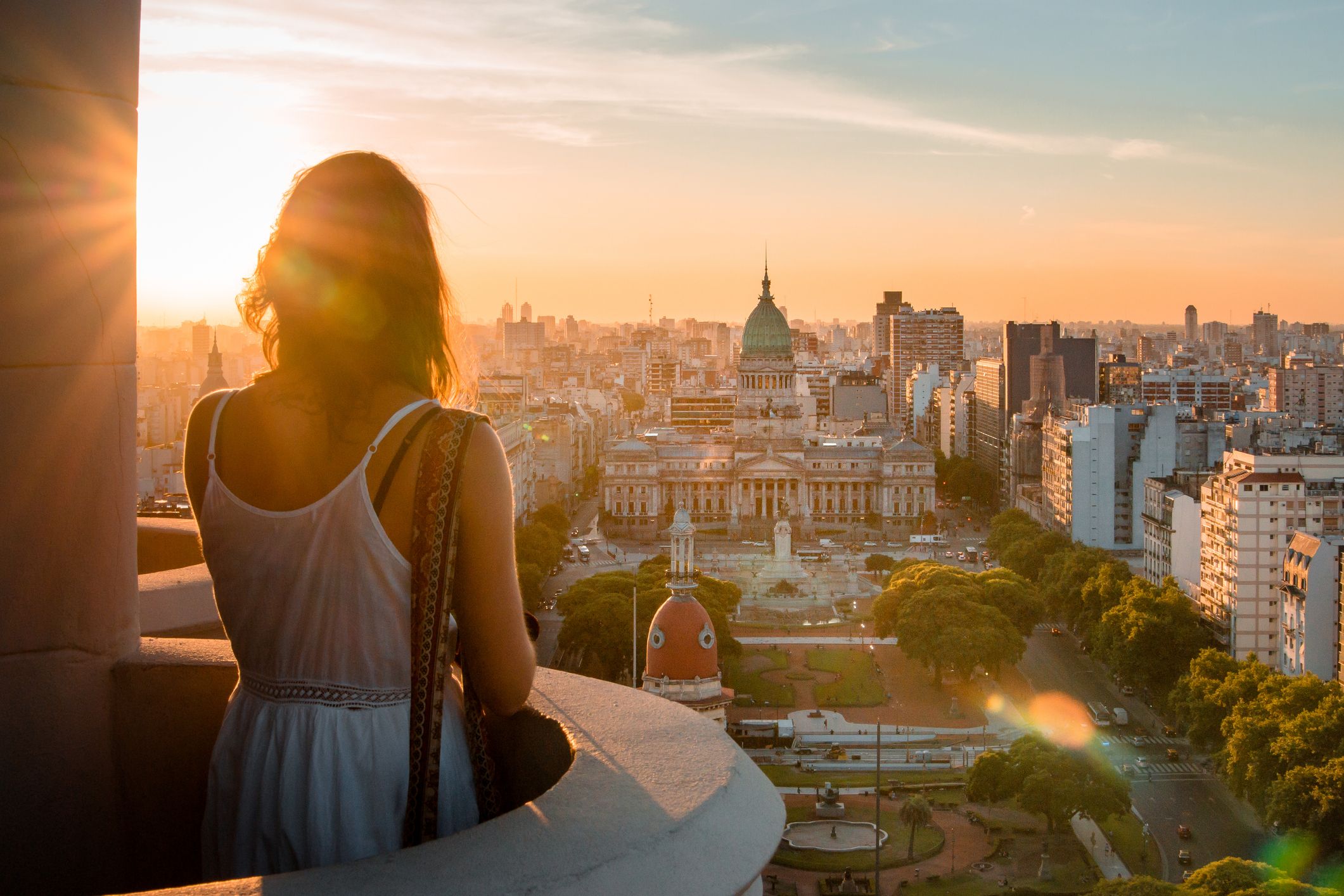
These twin capitals are separated by the broad sweep of the Río de la Plata, providing a fascinating contrast in personality and pace. Buenos Aires dazzles with its vibrant energy: grand boulevards echoing with tango rhythms, ornate cafés steeped in literary history, and an eclectic mix of European architecture and Latin passion.
240 kilometres across the water, Montevideo feels like its leisurely cousin. Although the city is smaller and quieter, it certainly makes up for it in charm. Here, colonial streets lead to bohemian beachfront neighbourhoods and weekend markets brim with antiques and local crafts.
The Buenos Aires to Montevideo ferry, particularly with high-speed Buquebus or Colonia Express, makes it easy to have breakfast in Buenos Aires and enjoy sunset with a glass of medio y medio on Montevideo’s Rambla, experiencing two distinct cultures in one seamless journey.
Tierra del Fuego, the windswept archipelago at the southern tip of South America, is a land of raw, essential beauty where the Andes disappear into the sea and the road quite literally ends. Split between Chile and Argentina, this remote region is steeped in adventure and myth. Translating to “Land of Fire,” its name derives from the smoke of indigenous Yaghan campfires once seen from early European ships.
Travellers can sail across the Strait of Magellan by ferry from Punta Arenas to Porvenir, entering a world of jagged coastlines, guanaco-dotted steppe, and skies ruled by condors. Ushuaia, the world’s southernmost city, provides access to unique landscapes like the Martial Glacier and Tierra del Fuego National Park. The sense of isolation and vastness, coupled with long twilight hours and unpredictable weather, makes even a short time here feel like a true expedition to the edge of the world.
Just a short ferry ride from Buenos Aires, Colonia del Sacramento is one of Uruguay’s most charming and atmospheric towns. Its convenient location makes it an easy and rewarding day trip or overnight escape from the Argentinian capital. The Buenos Aires to Colonia ferry is operated by Buquebus and Colonia Express travel across the Río de la Plata in as little as one hour, offering a quick and scenic journey, especially at sunset.
Once ashore, Colonia feels like stepping back in time: its historic quarter, a UNESCO World Heritage Site, is a labyrinth of cobbled lanes, crumbling stone walls, and vine-draped colonial houses that reflect a blend of Portuguese and Spanish influences. Cafés spill onto leafy plazas, vintage cars sit parked like museum pieces, and the pace slows to a gentle stroll. Whether you're drawn by its romantic charm, artisan markets, or tranquil riverside views, Colonia offers a peaceful counterpoint to the energy of Buenos Aires.
The Costa Verde, Brazil’s lush “Green Coast” located between Rio de Janeiro and São Paulo, is a paradise of forested mountains plunging into turquoise bays dotted with idyllic islands. The most famous of which is Ilha Grande.
Ferries and fast boats depart frequently from Angra dos Reis and Conceição de Jacareí, offering scenic journeys across calm waters to this car-free island. The crossing takes from 40 to 90 minutes depending on the vessel, a prelude to the barefoot charm that awaits: palm-fringed beaches, jungle trails leading to hidden waterfalls, and rustic pousadas tucked beneath the trees.
Once a notorious hideout for pirates, Ilha Grande is now a paradise for nature lovers, divers, and slow-travel seekers who come to unwind from the bustle of city life. Whether arriving by flex-boat or ferry, the trip itself becomes part of the adventure, passing remote islets and craggy headlands before docking at the sandy port of Vila do Abraão.
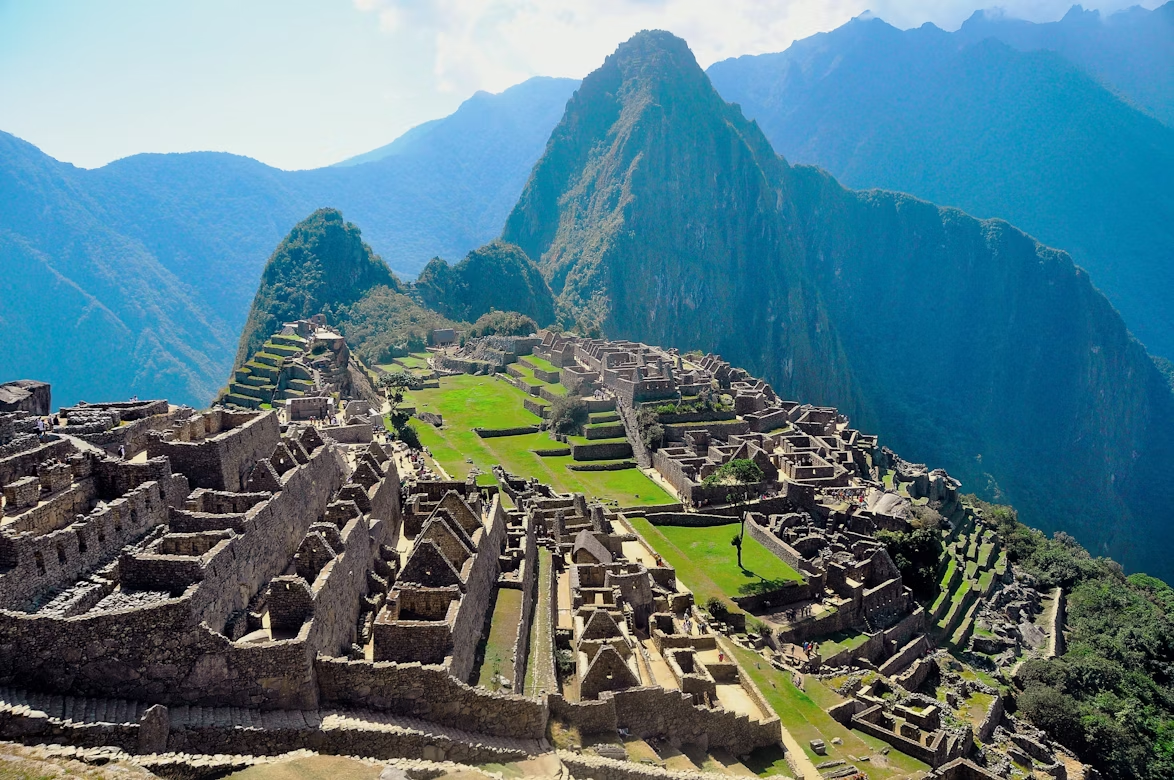
Booking ferry tickets in South America is made simple and stress-free with Direct Ferries, the global ferry booking platform that connects travellers with a wide range of routes across the continent. If you’re desired route is not available with Direct Ferries, you can get tickets directly via the operator. Please ensure that you book in advance, especially if you’re travelling between December and March, when demand picks up.
Water borders often host on-board immigration teams, but not always. The Amazon crossing into Colombia/Peru near Leticia requires you to check in on foot; lake crossings like Puno to La Paz stop at Kasani for stamps. Carry multiple photocopies of passports and vaccines; yellow-fever certificates are occasionally requested at Amazonian ports.
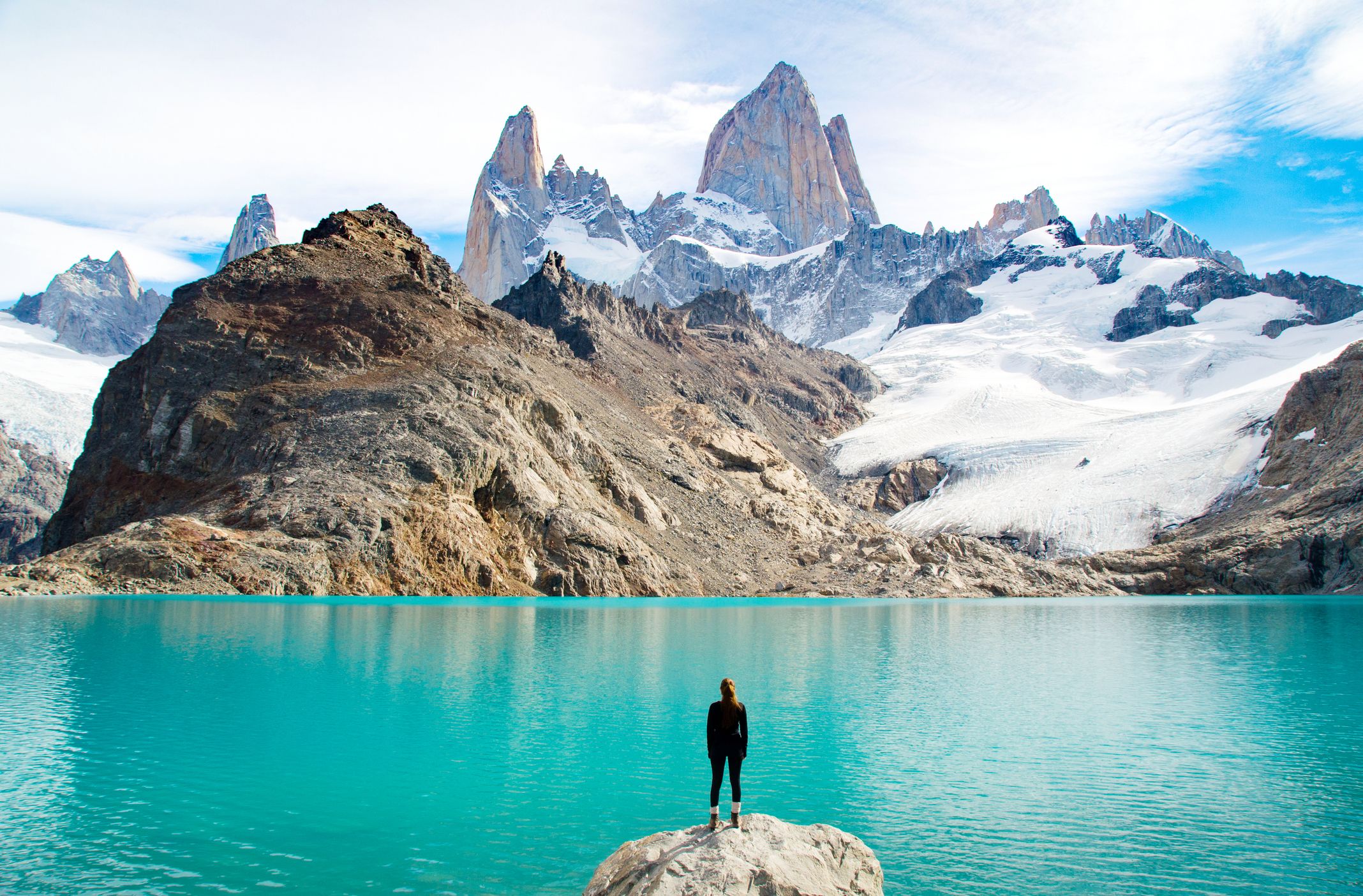
Motion sickness isn’t so common on wide rivers than at sea, yet storms can still churn the Gulf of Penas in Patagonia or the open Atlantic off the coast of Uruguay. Bring ginger chews or patches. Drink bottled or treated water as many ferries pump river water for sinks. In port towns, use official taxis after dark and keep bags in sight.
Here is an extensive list of travel essentials you must bring for your trip to South America. Whether you’re backpacking or travelling on holiday, these items will stand you in good stead.
Travelling to South America is an exciting and richly rewarding experience, but it pays to arrive prepared. The continent spans a vast range of climates, altitudes, and cultures, from the equatorial jungles of the Amazon to the icy fjords of Patagonia, so packing and planning with flexibility in mind is so important.
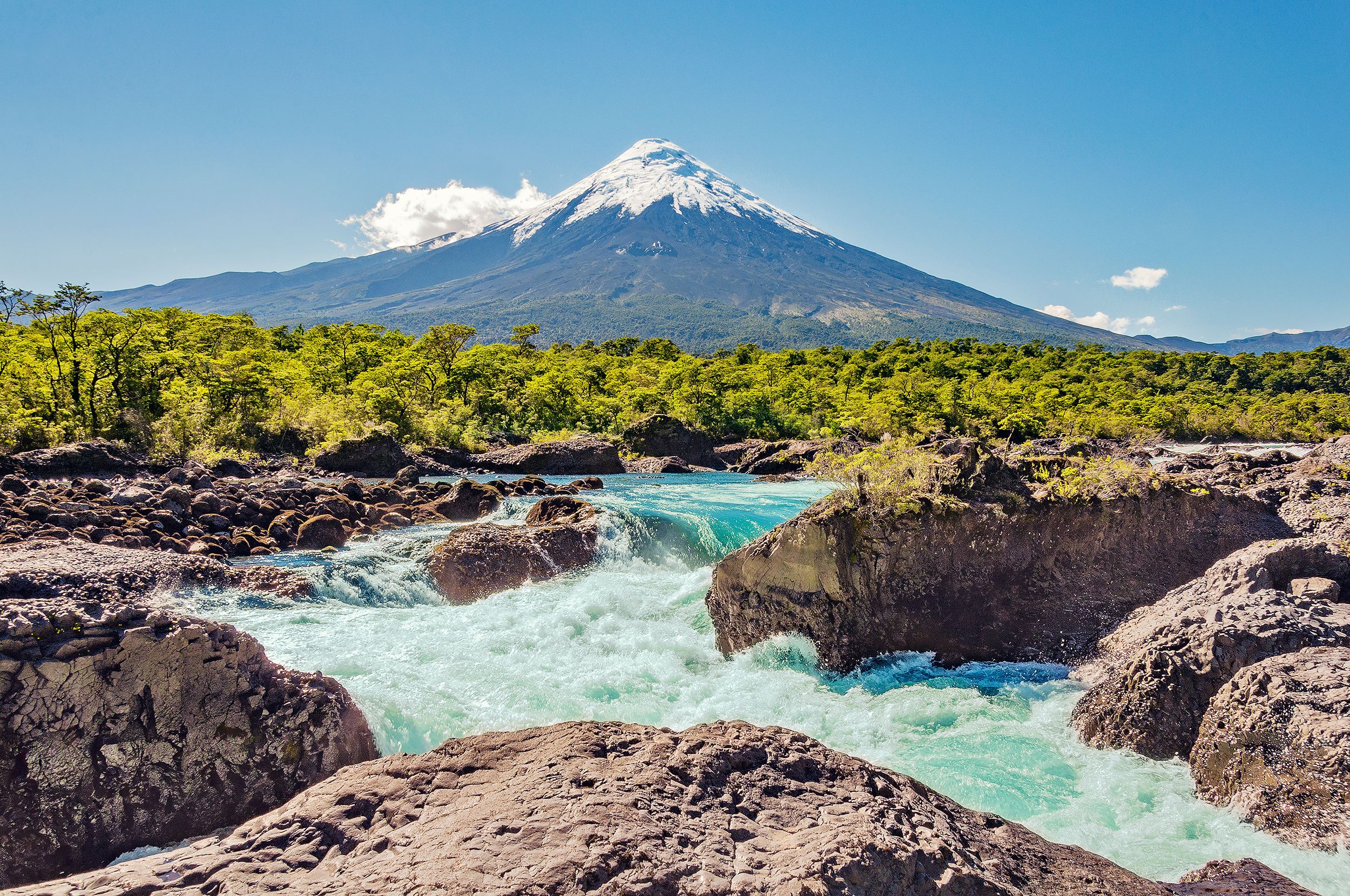
Please consider learning a few basic Spanish or Portuguese phrases to ease communication, particularly if you are travelling to rural or off-the-beaten-path regions. Always check visa and vaccination requirements for each country you are visiting and consider travel insurance that includes health coverage and trip changes.
Transportation can vary from high-speed ferries and domestic flights to long-distance buses and riverboats, so allow for occasional delays and add buffer days into your itinerary in case of an emergency.
Travelling through South America is a journey that stokes the spirit of adventure, combining everything from the snow-dusted Andes to sun-drenched coastlines, from bustling colonial cities to remote jungle rivers. While buses and planes often dominate travel plans, ferries offer a slower and more scenic way of experiencing the continent.
Whether you’re crossing the Strait of Magellan into Tierra del Fuego, island-hopping off Brazil’s Costa Verde, or drifting down the Amazon in a hammock, ferry travel reveals a side of South America that’s immersive, authentic, and unforgettable.